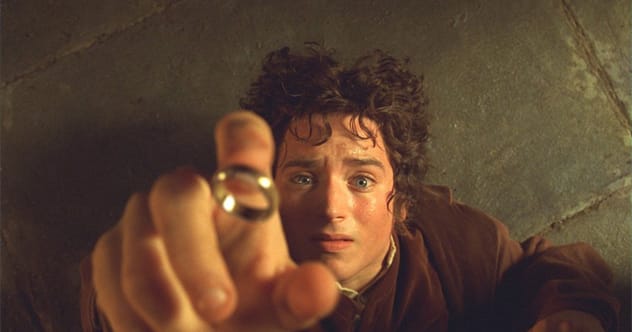The Lord of the Rings has captivated fans for generations with its rich mythology. From the books that exploded in popularity in the ’60s to the blockbuster movies directed by Peter Jackson, Middle-earth continues to inspire countless theories, some of which are downright wild. Let’s dive into ten of the most outlandish fan theories about Tolkien’s epic world.
10 Tom Bombadil Was The Witch-King
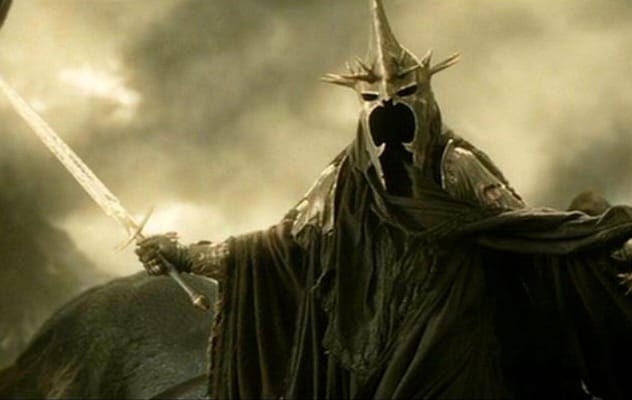
Tom Bombadil, a character both beloved and perplexing, is usually seen as a merry, if eccentric, figure. But one theory suggests a darker side: that Bombadil is secretly the Witch-king of Angmar. This theory points out that Bombadil is unaffected by the Ring and can see Frodo while he’s wearing it—abilities mirrored by the Witch-king. The theorist even proposes that Bombadil, as the Witch-king, placed the Barrow Wights to later “rescue” the hobbits.
The biggest question mark, of course, is why the Witch-king would spend his downtime as a whimsical forest dweller. While the evidence is intriguing, it’s a stretch to imagine the Witch-king knitting blue jackets and singing silly songs.
9 The Ring Represents Original Sin
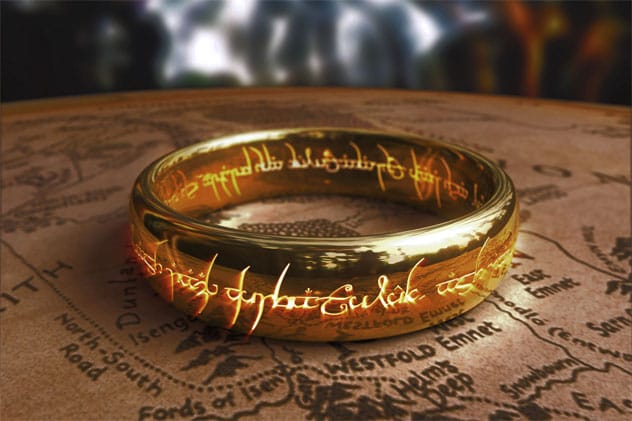
Given Tolkien’s devout Catholicism, some have interpreted The Lord of the Rings as a religious allegory, despite Tolkien’s repeated denials. One popular theory posits that the Ring symbolizes original sin, and Frodo embodies a Christ-like figure. Even Lembas bread, the Elven sustenance, is seen as a representation of the Holy Eucharist.
In this interpretation, Sauron becomes a Satan-like figure, and Iluvatar represents God. However, the parallels aren’t perfect; Morgoth might be a better fit for the devil role. Regardless, while Tolkien’s faith likely influenced his writing, he maintained that his work was not intended as a strict religious allegory.
8 Allegory For World War II
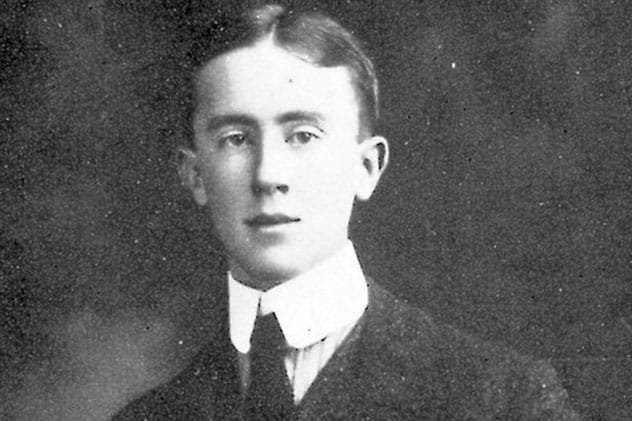
Despite Tolkien’s insistence that his works weren’t allegories, many have drawn parallels between The Lord of the Rings and historical events, particularly World War II. Some see Hitler as Sauron, the Nazis as Orcs, and Saruman as a stand-in for Joseph Stalin. Ian McKellan, who played Gandalf, noted that his experience in bomb shelters during WWII must have unconsciously influenced Tolkien’s writing.
While Tolkien denied any conscious effort to create a direct allegory, it’s undeniable that his personal experiences shaped his storytelling. The extent to which WWII influenced The Lord of the Rings remains open to interpretation, but the connections are compelling.
7 The Eagles

Why didn’t the Fellowship just fly the Eagles to Mordor? It’s a common question among fans, and there are logical explanations. The Eagles are independent creatures who choose when to get involved. Plus, Sauron’s eye was always watching, and the Nazgûl patrolled the skies. A direct flight to Mordor would likely have been met with fierce resistance.
One theory suggests that Gandalf always intended to use the Eagles but kept being thwarted. This theory falls apart when you consider that the Eagles could have flown directly to Gandalf in the first place. And while Gandalf’s words, “Fly, you fools,” have been interpreted as a suggestion to use the Eagles, it’s more likely just a common expression.
6 Illuminati Conspiracy
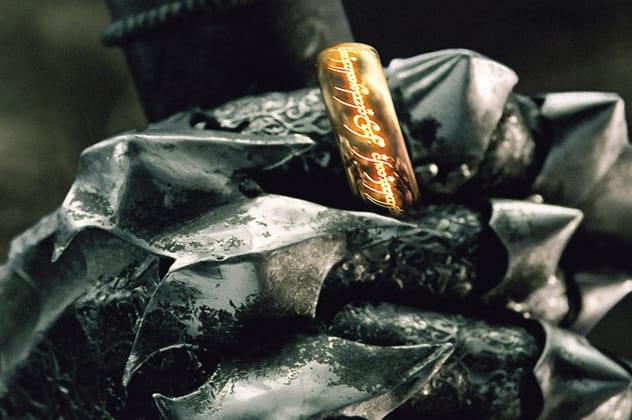
Here’s one of the wildest theories: Tolkien was working for the Illuminati. According to this idea, rings are used as tools of control, and the One Ring is a form of programming by shadowy overlords. The theorist also points to the importance of bloodlines in Tolkien’s work as further “evidence.”
Of course, bloodlines are a common trope in stories involving royalty, and the idea of Tolkien as an Illuminati pawn seems far-fetched. It’s a prime example of how conspiracy theories can latch onto popular narratives, no matter how tenuous the connection.
5 Gandalf Is Iluvatar
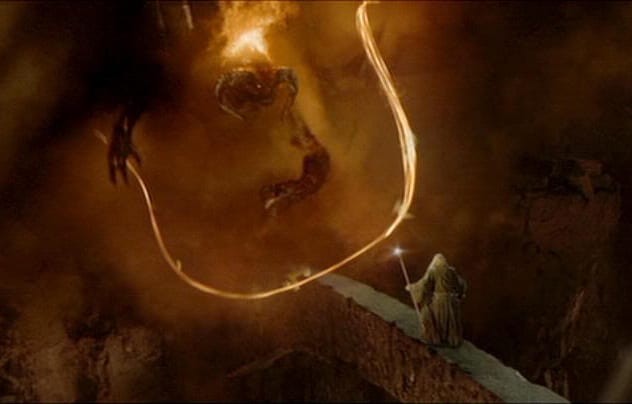
In Tolkien’s mythology, Eru Iluvatar is the God of the universe, the creator of all things. One theory suggests that Gandalf is actually Iluvatar in disguise. When Gandalf confronts the Balrog, he declares that he wields the “flame of Anor,” which some interpret as a reference to the Flame Imperishable, the essence that only Iluvatar can grant.
The theory suggests that Iluvatar, weary of directly intervening in the world, came to Middle-earth in the form of Gandalf to subtly influence events. Gandalf’s knack for showing up at crucial moments and guiding others with his wisdom lends some credence to this intriguing idea.
4 Radagast Is More Than He Seems

Radagast the Brown, a wizard who appears briefly in The Hobbit, is often overlooked, but some fans believe he plays a more significant role than is apparent. Known for his ability to communicate with nature, Radagast is in the same class of being as Gandalf and Saruman.
One theory suggests that Radagast’s animal spies helped Gandalf summon the Eagles on multiple occasions. Another idea is that Radagast was the hat-wearing wizard spotted near Fangorn Forest in The Two Towers, keeping a watchful eye on Aragorn and his companions.
3 Dumbledore And Grindelwald Are The Blue Istari
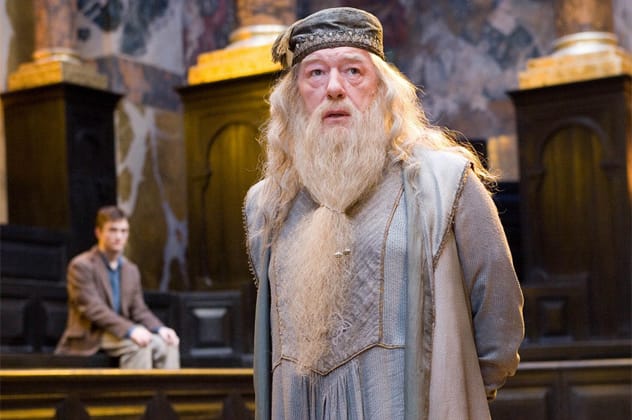
Apart from Gandalf, Saruman, and Radagast, two unnamed wizards clad in blue entered Middle-earth and were never heard from again. One theory proposes that these Blue Istari are none other than Dumbledore and Grindelwald from the Harry Potter series.
According to this theory, Nurmengard (Grindelwald’s prison) is a combination of Nuremberg and Isengard. Dumbledore and Grindelwald, tempted by the idea of doing whatever was necessary for “the greater good,” strayed from their mission and fell from grace, unable to return to the Undying Lands.
2 The Lord Of the Rings Promotes Witchcraft
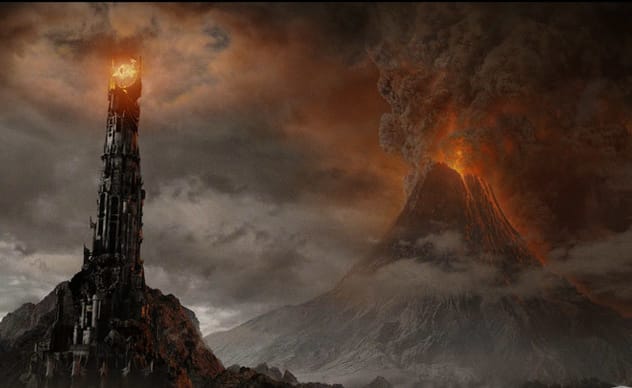
According to one theory, The Lord of the Rings is an occult plot to usher the world into Satan’s waiting arms. A self-proclaimed former witch claims that Tolkien’s work was a gateway to witchcraft, launching a “spiritual revolution.” She argues that Tolkien wrote during the midnight hours and finished his book in 13 years, a number important in occult practices.
She claims that The Lord of the Rings promotes witchcraft because it teaches that there are good and evil forces and that good always triumphs. Since LOTR has good and evil, it must be promoting witchcraft, she says in a triumphant tone. This theory seems to misunderstand both Tolkien’s work and the practices of modern witchcraft.
1 The Death Of The Witch-King
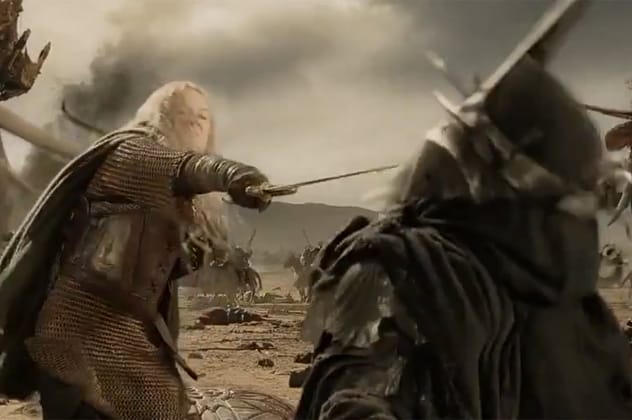
In The Return of the King, Éowyn, aided by Merry, defeats the Witch-king of Angmar. Before her final blow, the Witch-king declares that no man can kill him, to which Éowyn reveals she is not a man. However, some argue that Merry’s stab was the crucial blow, as his blade was made by the men of Westernesse specifically to fight such creatures, and so only a non-man could kill him.
Others argue that Éowyn’s stroke was the decisive one. Given Tolkien’s meticulousness, if the involvement of a non-human was essential, he likely would have made it clearer. Éowyn’s moment remains a powerful symbol of defiance and female empowerment.
These fan theories remind us of the depth and complexity of Tolkien’s world. Whether you believe them or not, they add layers of intrigue to an already captivating saga.
Which Lord of the Rings theory do you find the most intriguing? Share your thoughts in the comments below!


